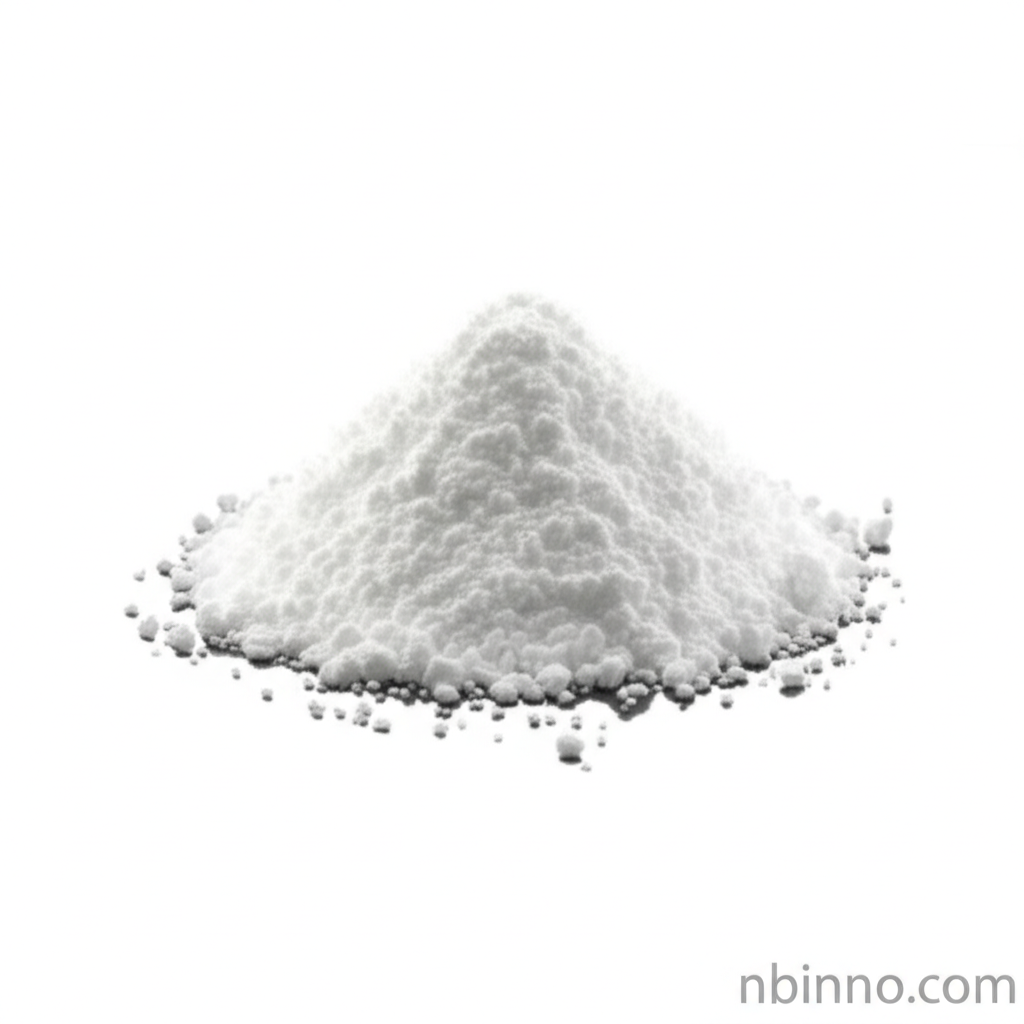Understanding Tris(hydroxymethyl)aminomethane Hydrochloride: Properties, Applications, and Benefits in Scientific Research
Explore the indispensable role of Tris(hydroxymethyl)aminomethane hydrochloride in modern scientific endeavors.
Get a Quote & SampleProduct Core Value

Tris(hydroxymethyl)aminomethane hydrochloride
This essential chemical compound, commonly known as Tris HCl, is a cornerstone in various scientific disciplines due to its exceptional buffering capabilities and versatility. Its precise chemical structure and properties enable reliable pH control in a wide array of laboratory and industrial processes.
- Discover the crucial role of Tris HCl buffer in biological applications, ensuring stable pH environments vital for experimental success.
- Investigate Tris(hydroxymethyl)aminomethane hydrochloride uses as a key intermediate in complex organic synthesis pathways.
- Learn how CAS 1185-53-1 chemical properties make it an indispensable reagent for molecular biology research and DNA purification.
- Explore its applications in protein solubilization and nucleic acid separation for electrophoresis, fundamental techniques in life sciences.
Key Advantages Offered
Reliable pH Stabilization
Tris HCl offers a reliable pH range of 7-9, making it a go-to choice for maintaining stable conditions in biological experiments, thereby preventing deviations that could affect results.
Versatile Intermediate
Its utility extends to organic synthesis, where it serves as a versatile intermediate, enabling the creation of more complex chemical structures.
Broad Applicability
From fundamental biochemistry to advanced molecular biology, Tris(hydroxymethyl)aminomethane hydrochloride is vital for DNA purification, protein work, and electrophoresis, supporting crucial scientific workflows.
Key Applications
Biochemical Research
Tris HCl is fundamental in biochemical research, providing essential pH buffering for enzymes and molecular interactions, a key aspect of understanding cellular processes.
Molecular Biology Techniques
It is extensively used in molecular biology techniques like electrophoresis and nucleic acid purification, ensuring the integrity and effective manipulation of genetic material.
Organic Synthesis
As an organic synthesis intermediate, Tris(hydroxymethyl)aminomethane hydrochloride plays a role in creating new chemical compounds for various industries.
Medical Applications
In specific medical contexts, it functions as a buffer for treating metabolic acidosis, highlighting its importance beyond laboratory settings.
